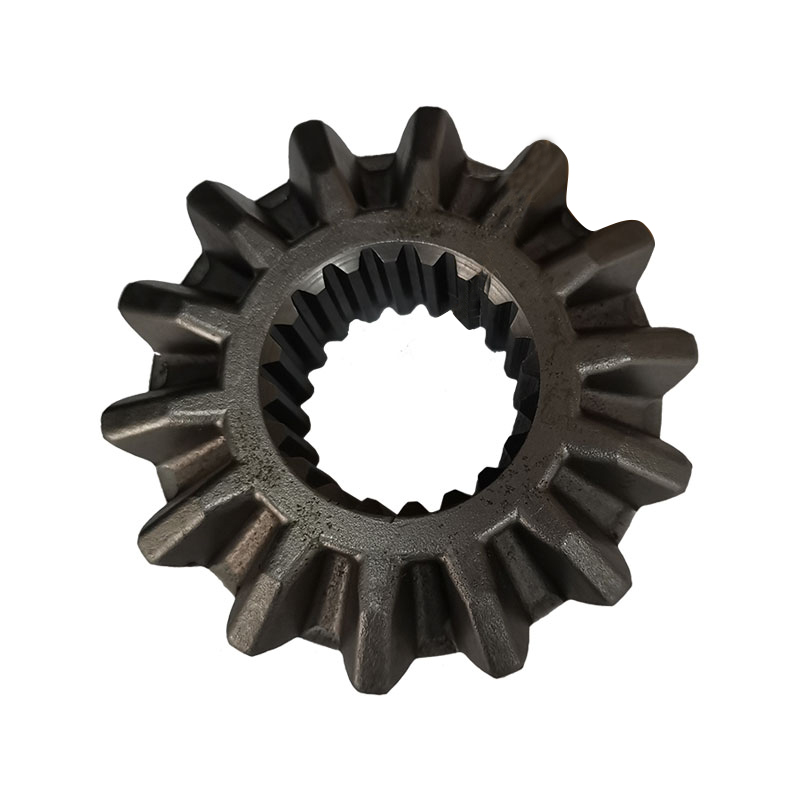In a gear system containing planetary gears, the situat […]
In a gear system containing planetary gears, the situation is different. Due to the existence of a planetary carrier, that is to say, there can be three rotating shafts to allow power input/output, and means such as clutches or brakes can be used to limit the rotation of one of the shafts when needed, and the remaining two shafts for transmission, In this way, the relationship between the intermeshing gears can be variously combined:
The structure of the single-row planetary gear mechanism is taken as an example:
(1) Movement law of planetary gear mechanism
• Let the rotational speeds of the sun gear, the ring gear and the planet carrier be n1, n2 and n3, respectively, and the number of teeth to be Z1, Z2, and Z3, respectively; the gear ratio of the ring gear to the sun gear is α. Then according to the law of conservation of energy, the characteristic equation representing the general motion law of the single-row planetary gear mechanism can be derived from the torque and structural parameters acting on each element of the mechanism: n1+αn2-(1+α)n3=0 and Z1+ Z2=Z3

(2) Analysis of various motion situations of planetary gear mechanism
It can be seen from the above formula that since the single-row planetary gear mechanism has two degrees of freedom, among the three basic components of the sun gear, the ring gear and the planet carrier, two can be selected as the driving part and the driven part respectively, so that the If the other element is fixed (even if the rotational speed of the element is 0), or its movement is subject to certain constraints (that is, the rotational speed of the element is a certain value), the mechanism has only one degree of freedom, and the entire gear train has a certain transmission ratio. transmit power. Each case is discussed separately below.
There must be movement. Correspondingly, there is a less well-known class of gears called "planetary gears", whose rotational axes are not fixed, but are mounted on a rotatable bracket (blue) (Fig. The middle black part is the housing, and the yellow represents the bearing). In addition to the planetary gears (green) that can rotate around their own axis of rotation (BB) like fixed-axis gears, their axis of rotation also follows the blue bracket (called the planet carrier) around the axis of other gears (AA) turn. The rotation around its own axis is called "rotation", and the rotation around other gear axes is called "revolution", just like the planets in the solar system, hence the name "planetary gear".